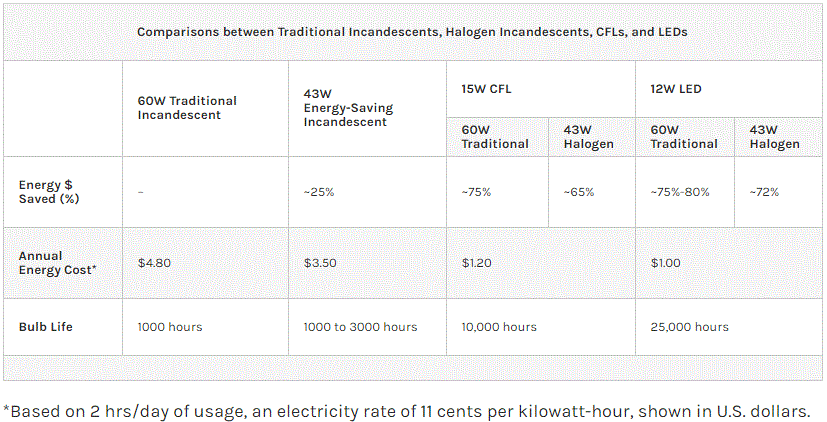LIVING GREEN 102
The 6 Rs of the environment
An overview of the 3 Rs of recycling was given in the LIVING GREEN 101 page.
We've added Rethink, Refuse, and Recover to make the 6 Rs.
RETHINK -- Just as the concept of the 3 Rs was, and still is, a good one to remind us to reduce family waste, rethinking it came up with 6 Rs to more effectively do so.
Living Green is an ongoing process of action and improvement. Rethinking the process and actions leads us to greater well-being.

REFUSE -- We won't waste things if we first Refuse them. Do we really need the latest and "greatest"? In many cases, no we don't. If at first, we refuse the product, package, or material, we'll create less waste (refuse!). Want not waste not! Keep Earth's limited resources for what's really needed!! That's the GOAL.
Secondarily, we'll limit the pollution and energy wasted in manufacturing unneeded items which we can Refuse.
RECOVER -- After Refuse, Reduce, Reuse, and Recycle are employed, we can extract resources from the waste stream and, where possible, process them into a usable product or fuel. For example, waste-to-energy recovery can generate electrical energy, or heat for industrial processes. Biological methods can be used to recover precious metals from E-waste. Recovery of materials means making waste usable with less materials discarded or sent to landfills. This is part of the thinking behind the circular economy. A circular economy goes beyond the traditional take-make-dispose linear production cycle to one that promotes product design emphasizing resource reduction, extended use, reuse and recycling or composting and biodegradability while meeting or exceeding performance, safety and health requirements.
THE BIG WHY QUESTION
Living green only becomes effective when we, as individuals, believe in, seek knowledge of, and take significant actions for ecological sustainability.
We must frequently ask the question WHY?
WHY gives us the opportunity to prioritize our actions where they do the most good.
WHY?
This is such a powerful question. The answers we get will solidify our beliefs and direct our actions. We hope that you'll find your answers on this web site, but realistically, you'll want to chase down our links and references, as well as do your own independent research to answer your big 'why'
questions.
So, let's ask one. Why should we recycle? The overriding answer is to avoid many materials from entering landfill sites where they'll not be given a chance to be used to make other products, thus avoiding further extraction of Earth's limited resources, like oil, to make those products.
But, let's get to the goodies -- the actions you can personally take to live green. While considering these actions, we hope you ask why and other questions to assess which actions will best improve the Earth while improving well-being.
Let's make sure we're not still using Incandescent Light Bulbs
Swap out incandescents with LEDs or even CFLs
The cash cost of LEDs was scary, but not so today. In answer to this WHY question is that over the life of the lamp, they'll cost a lot less - much longer life and significant energy savings. See the chart below for comparison.
Even if you have some old 60W incandescents in the closet which you bought at $0.75 each, you'd need 4 of them to get you through 5 years. That's $3 in bulbs plus $4.80/per year in energy (5x$4.80=$24) or $27 to use the old bulbs.
Even if you bought a 60W equivalent CFL today at $3.69, it will last 5 years at $1.20/year in energy cost or a total cost of $9.69. That's a savings of $17.31 over the equivalent incandescent. Now a 60W equivalent LED at $1.25 cost will save you even more ($20.75 savings for 5 years) over the incandescent bulb. So, less energy, less dollars -- it's pretty much a no-brainer. And that's only for 1 bulb! How many do you have in your home?
Beyond known monetary costs of manufacturing, distribution, and operation of these bulbs, there are costs known as externalties. For example, what are the environmental costs of removing the materials from the earth, materials from which the bulb is made. Or, the environmental costs to dispose of the bulb. These costs are often unconsidered or even considered to be free, but should really be built in to the cost of the bulb to be able to equitably compare one source of light to another. Externalties are discussed in detail in near the bottom of the page economics.


